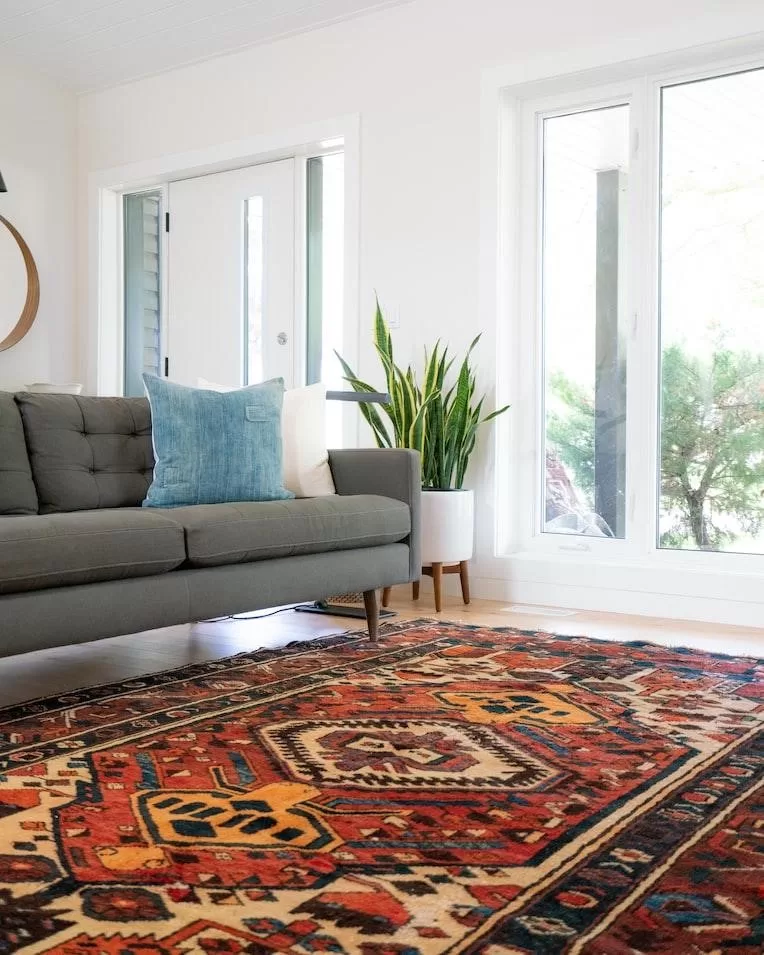If you’re considering a manual planner for your next project, it’s essential to take the time to understand the different types available, their features, and how to choose the one that best suits your needs.
This article will provide an overview of the best manual planers for the money and what to consider when selecting the right one.

Types of Hand Planers
There are several types of hand planers, each with features and benefits. For instance, a block plane is ideal for trimming small pieces of wood, while a jointer planer is designed to make the edges of larger boards flat and smooth.
Rabbet planes are used to make rabbet joints, while shoulder planes will make angled joints. Bullnose planes are available for creating rounded edges on boards. So, selecting a plan best suited for the type of project you’re working on is crucial.
If you’re unsure which type of planer to choose, talk to an experienced woodworker or read online reviews to help you decide.
Features to Consider When Choosing a Planer
Several features should be considered when choosing the planner for your needs. The right planner will handle the job you need it for a while and also be easy to use.
First, consider the size and weight of the planer. This will depend on the size and amount of material you’ll be working with. A larger and heavier planer will be better for bigger projects, while a smaller and lighter one will be better for smaller tasks.
Next, think about the cutting depth you need. Most planers will come with adjustable cutting depth settings, so you can choose the depth that works best for your project.
You should also consider the speed of the planer. Many planers have variable speed settings, so you can adjust the speed to match your job. Higher speeds are better for larger projects, while lower speeds are better for more delicate tasks.
Finally, think about the type of blades the planer uses. Different blades will be better for certain materials, so choose a planer with suitable blades for your project.
These are essential features to consider when choosing a hand planer. By taking the time to consider all these factors, you will find the perfect planer for your needs.
Read Also:
Corded vs. Cordless Planers
When choosing between a corded or cordless planer, here are a few things to consider. Corded planers are powered by electricity; they require an outlet nearby to work. Because of this, they tend to have more power and can more easily cut through thicker, harder wood.
Cordless planers are battery-powered and can be used in places without access to an outlet. However, they are not as powerful as corded models and may not be suitable for larger or tougher projects.
The choice of corded or cordless will depend on the projects you plan. A corded model is probably best for working with thicker, harder wood. A cordless model should do the job if you plan to use the planer on smaller, softer pieces of wood.
Choosing the Right Planer for Your Project
There are a few factors to consider when choosing the right planner for your project. First, think about the type of woodworking projects you plan to do.
Are you planning to do a lot of detailed woodworking with thin pieces of wood? If so, you might look for a planer with a thinner blade. If you plan on working with thicker pieces of wood, you might want to look for a planer with a thicker blade.
In addition, think about the size of the planer you need. For smaller jobs, you can go with a smaller model. However, you may need a larger, more powerful planner for bigger jobs.
Finally, consider the amount of power you need in your planer. If you plan to work with hardwoods, you will want to look for a model with more power. If you will be working on softer woods, you may be able to get away with less power.
When choosing the right planer for your project, consider the type of woodworking projects you plan to do and the size and power of the planer you need. You can ensure you get the right planner for your needs by considering all these factors.
Conclusion
When you’ve weighed all the factors and understand the different types and features of hand planers, you’re ready to decide. Consider the size and scope of the project you’re doing, the cost and convenience of a corded or cordless planer, and the features most important to you.
If you’re still unsure, talk to an experienced professional or someone with expertise. With the correct information and advice, you can find the right-hand planner for your needs.









